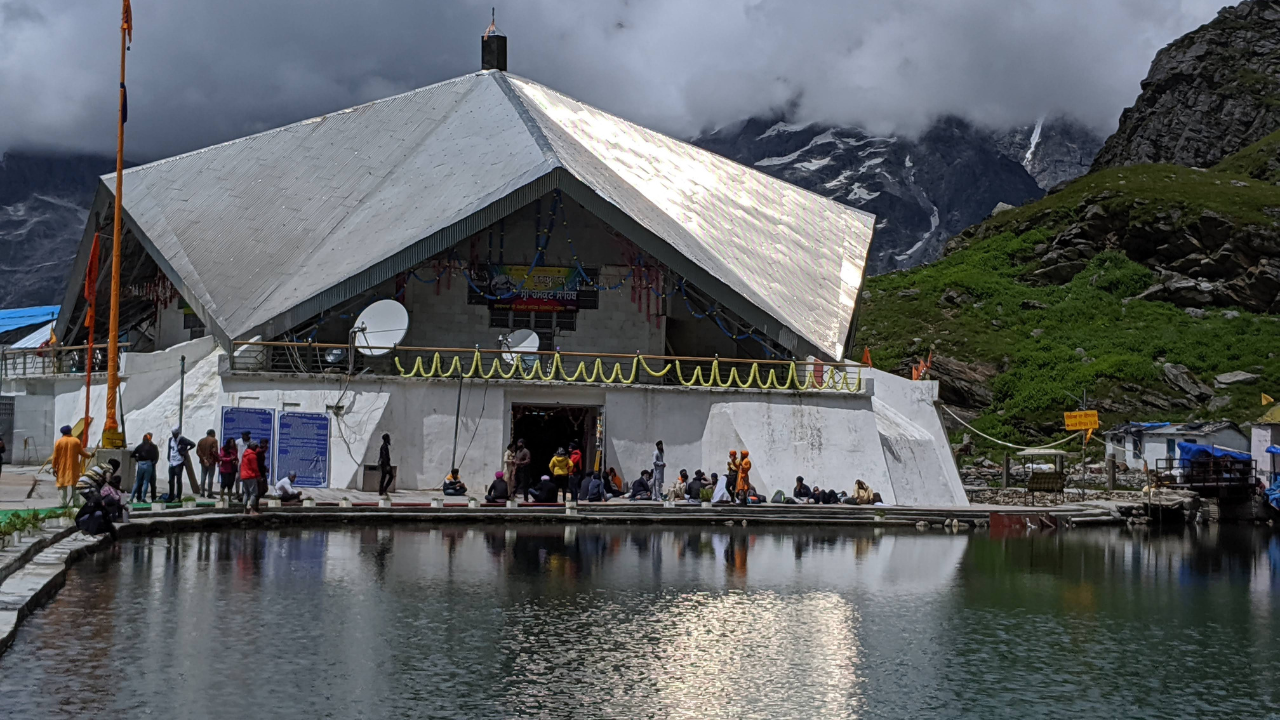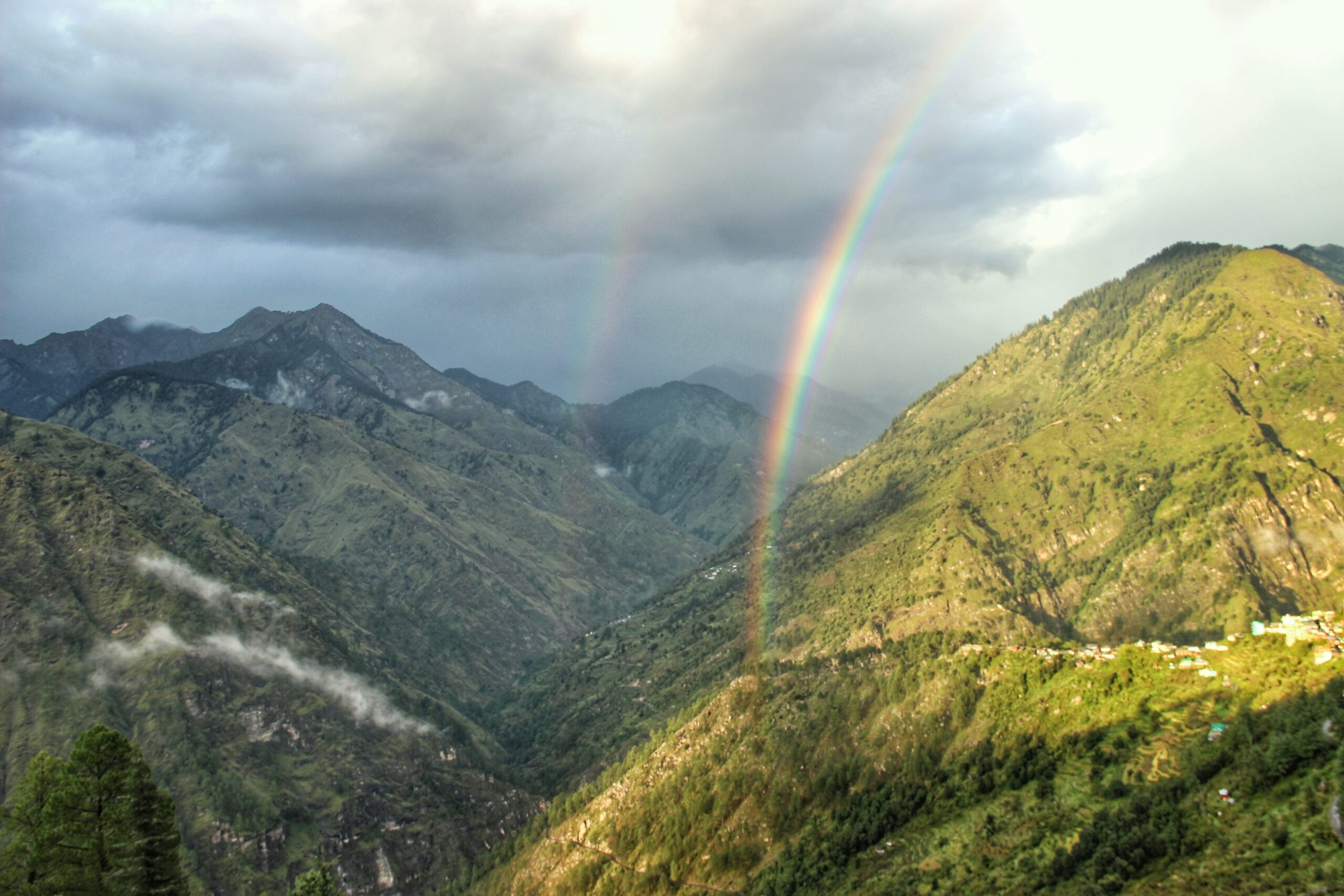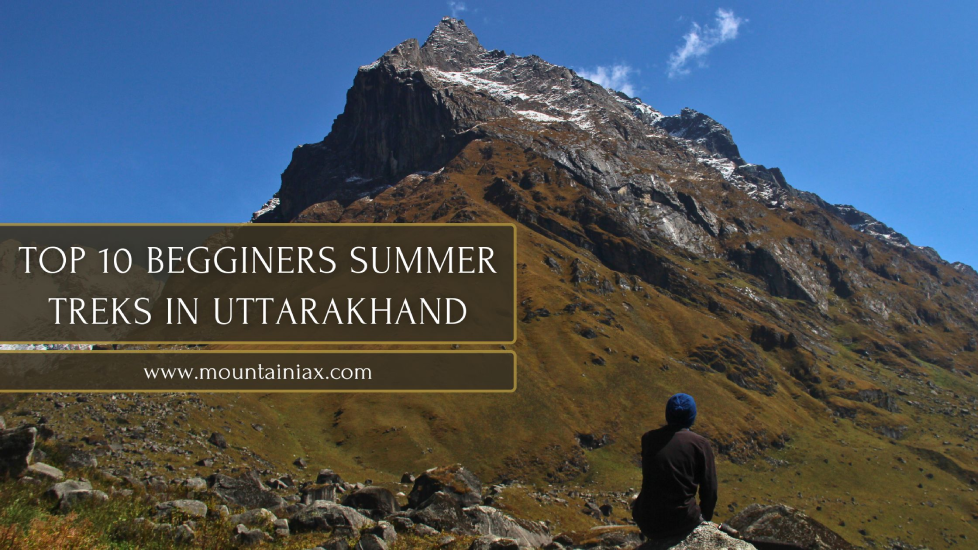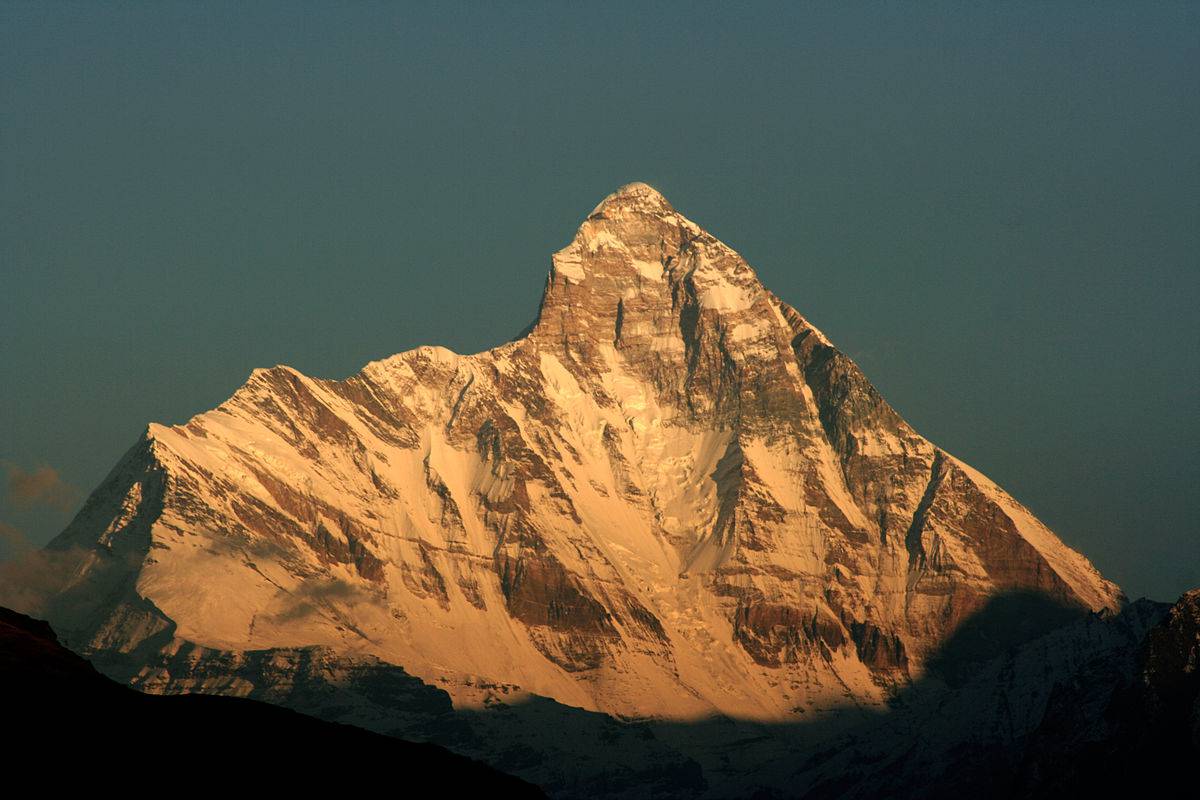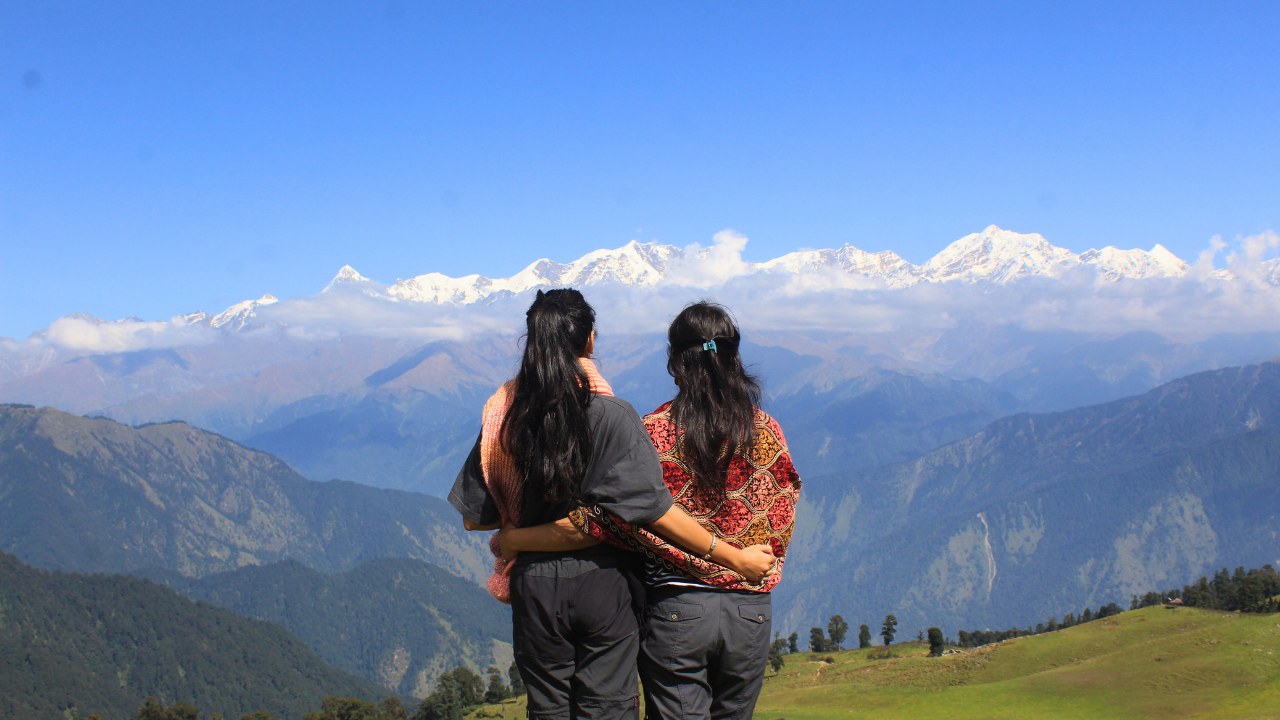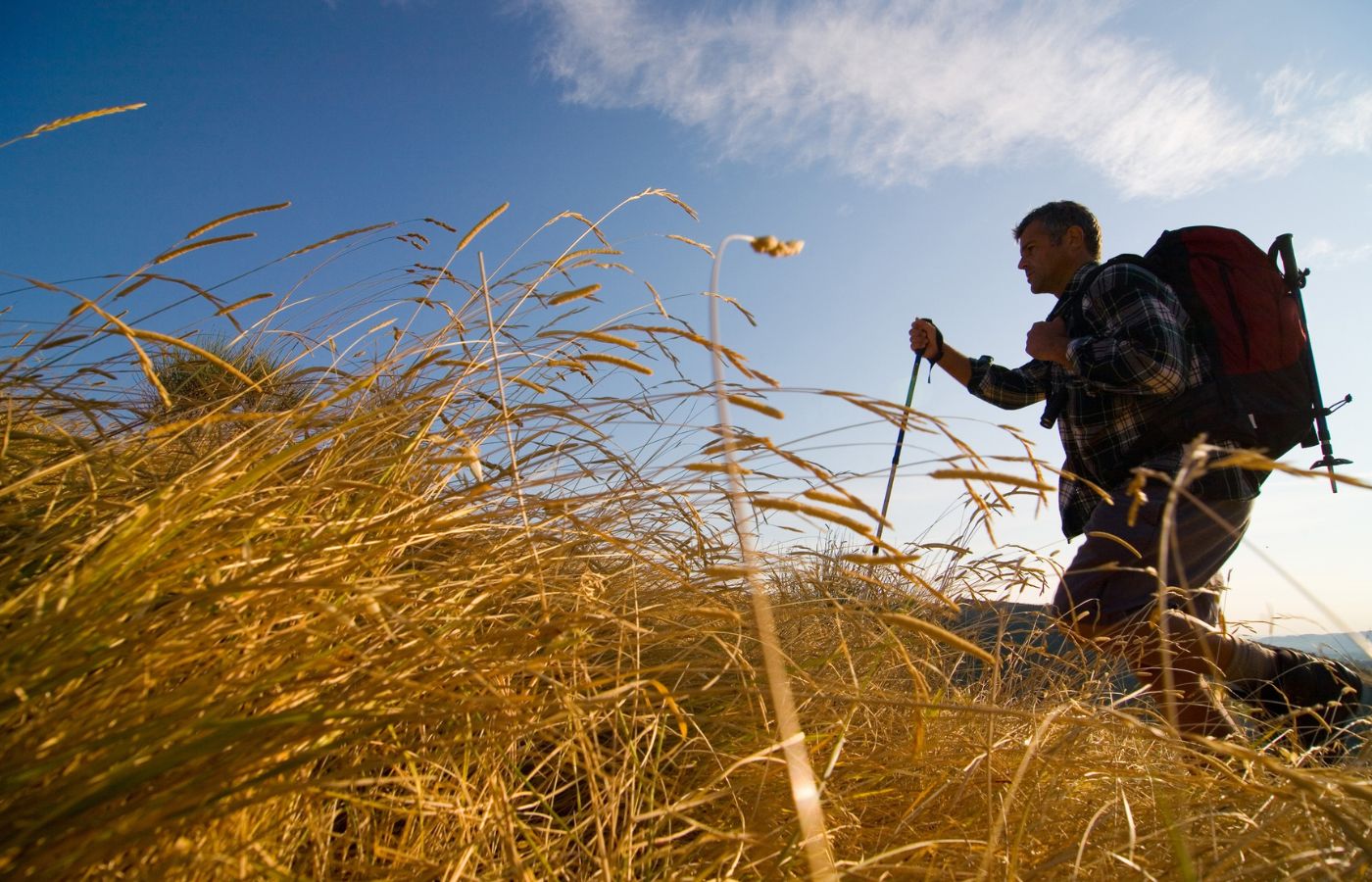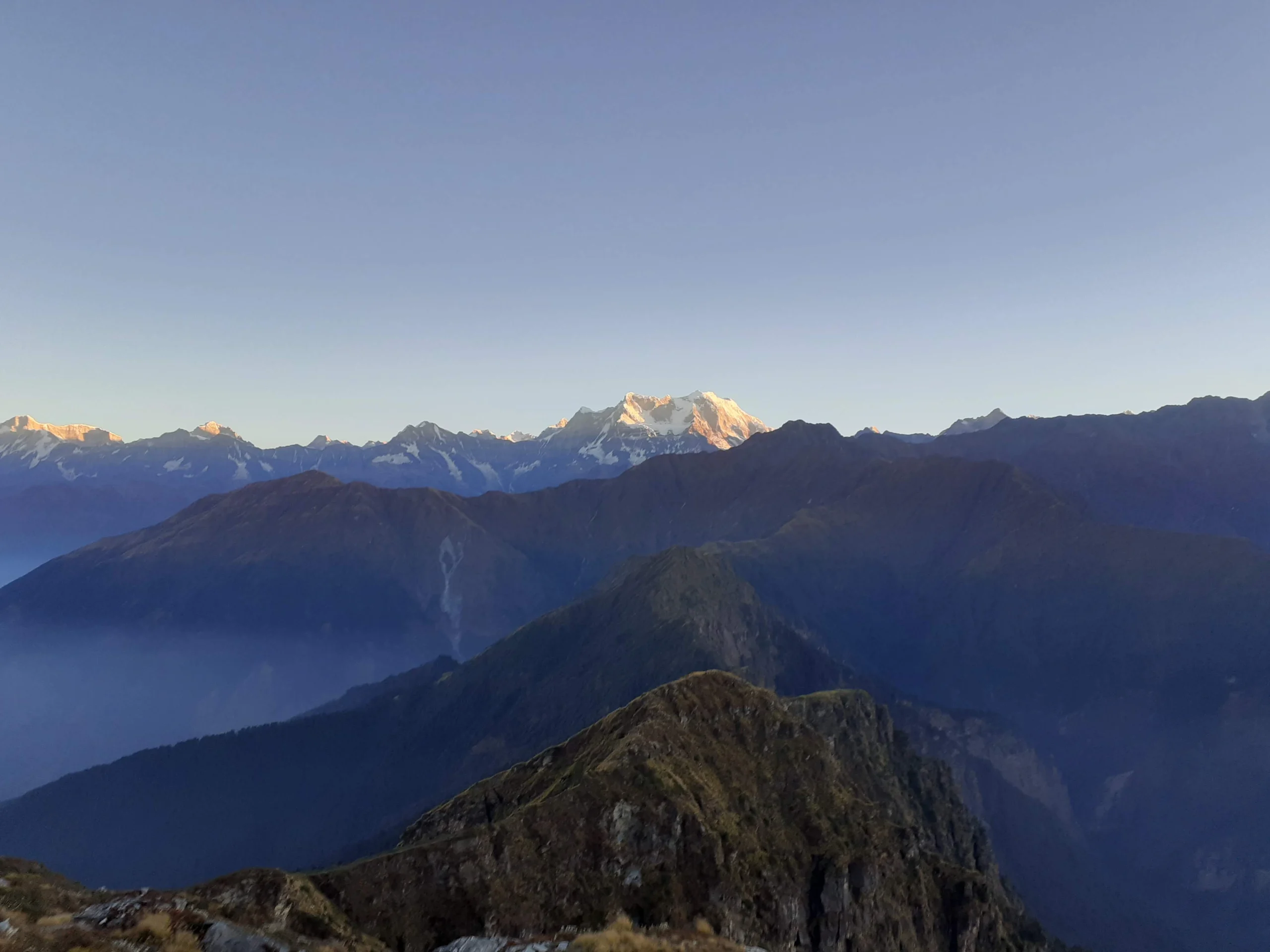Situated high in the Garhwal Himalayas at an elevation of 4,329 meters, Hemkund Sahib is a place where spirituality and nature converge in the most profound way. With its glacial lake surrounded by towering peaks, the Gurudwara at Hemkund Sahib has long been a pilgrimage site for Sikhs, Hindus, and spiritual seekers alike.
If you’re drawn to its religious significance or simply the need to reconnect with your inner self amidst nature’s untouched beauty, this sacred site promises a transformative journey like no other.
History of Hemkund Sahib
The history of Hemkund Sahib is steeped in both Sikh and Hindu traditions. According to Sikh belief, the 10th Guru, Guru Gobind Singh, meditated here in his previous life as Rama in the form of a warrior. It is believed that he sought solace and spiritual enlightenment in this remote valley, away from worldly distractions. Hemkund, which translates to “Lake of Snow”, refers to the glacial lake that lies near the shrine.
The existence of the shrine became widely known in modern times, after it was brought to the attention of the Sikh community by Bhai Santokh Singh in the 20th century. It is said that he rediscovered the site in the 1930s, after it had been lost to time. Since then, Hemkund Sahib has gained immense popularity, becoming a sacred destination for pilgrims, trekkers, and adventurers.
Spiritual Importance of Hemkund Sahib
For Sikhs, Hemkund Sahib holds immense spiritual significance. The sacred Gurudwara (Sikh temple) at the site is a symbol of devotion, meditation, and spiritual awakening. Devotees believe that visiting Hemkund Sahib is a way to purify the soul and seek blessings from the Guru. The pilgrimage to this high-altitude shrine is regarded as a journey of deep spiritual introspection.
The central feature of Hemkund Sahib is the Hemkund Lake, a glacial lake surrounded by seven towering mountain peaks, often referred to as the Saptashringa peaks. These peaks are believed to be the form of the seven Sikh Gurus, who are revered as embodiments of divine wisdom. The Gurudwara is situated at the edge of this sacred lake, and its surroundings are stunningly peaceful, with alpine meadows and dense forests, offering a serene atmosphere for prayer and reflection.
Another important aspect of Hemkund Sahib is its Hindu significance. The lake is also linked with the legend of Laxman, the brother of Lord Ram, who is believed to have meditated here to recover from a severe injury. This connection gives the place a broader religious significance, not just for Sikhs but also for Hindus.
Best Time to Visit Hemkund Sahib
- Elevation: 4,329 meters
- Hemkund Sahib Opening Date 2025: Expected around May 25, depending on snow conditions
- Hemkund Sahib Temperature Today: Typically ranges between 5°C to 15°C in summer
The best time to visit Hemkund Sahib is during the summer months from May to October, when the weather is relatively mild and the Gurudwara is open. The trek is less challenging, with daytime temperatures ranging from 10°C to 15°C. Winters (November to April) are harsh, with sub-zero temperatures and heavy snow, making access to the site impossible. The monsoon season (July to September) brings heavy rains, causing potential landslides and risky trekking conditions.
How to Reach Hemkund Sahib
Reaching Hemkund Sahib is no easy feat and that’s part of what makes it so spiritually profound. The journey tests your body but heals your soul.
- Nearest Airport: Jolly Grant Airport, Dehradun (around 290 km from Govindghat)
- Nearest Railway Station: Rishikesh (approx. 270 km away)
- Base Village: Govindghat, a small town where most pilgrims begin their trek
- Trek Route:
- Govindghat to Ghangaria – 13 km (moderate trek, can be done on foot, mule, or helicopter)
- Ghangaria to Hemkund Sahib – 6 km (steep ascent, only on foot or mule)
- Govindghat to Ghangaria – 13 km (moderate trek, can be done on foot, mule, or helicopter)
While the trail is well-marked, it’s steep and demanding, especially the last 6 km. The air gets thinner, and your steps get slower. But each turn of the trail brings you closer to stillness. Closer to something beyond words.
Accommodation & Food
- Stay Options:
- Basic guesthouses and lodges are available in Govindghat and Ghangaria
- Gurudwara Ghangaria also offers free shelter and langar (meals) for pilgrims
- Basic guesthouses and lodges are available in Govindghat and Ghangaria
- Meals:
- Langar is served at the Gurudwara at Ghangaria and Hemkund Sahib (simple, soul-nourishing food)
- Local dhabas serve tea, parathas, and other basic vegetarian meals
- Langar is served at the Gurudwara at Ghangaria and Hemkund Sahib (simple, soul-nourishing food)
You won’t find luxury here, but what you will find is warmth, community, and an incredible sense of shared purpose.
Things to Carry for the Trek
- Warm clothes (even in summer, temperatures can drop fast)
- Poncho or raincoat (the weather is unpredictable)
- Trekking shoes with good grip
- Basic medicines (for altitude sickness, nausea, body aches)
- Reusable water bottle, energy bars
- ID proof (required at checkpoints)
- Personal prayer items or journal (many visitors find deep inner clarity on this journey)
The trek can be spiritually transformative, journaling or meditating along the route is highly recommended.
What Else to Explore Nearby?
- Valley of Flowers Trek (just 3 km from Ghangaria)
- A burst of color and serenity, this valley blooms with over 500 species of alpine flowers between July and September. It’s nature’s own temple.
- A burst of color and serenity, this valley blooms with over 500 species of alpine flowers between July and September. It’s nature’s own temple.
- Govindghat Gurudwara
- A quiet place to begin your journey with blessings and rest. This is also where many pilgrims leave their luggage in lockers before the trek.
- A quiet place to begin your journey with blessings and rest. This is also where many pilgrims leave their luggage in lockers before the trek.
- Mana Village (near Badrinath)
- Just a short drive away, this is India’s last village before the Tibet border. Mythical, scenic, and full of folk stories.
- Just a short drive away, this is India’s last village before the Tibet border. Mythical, scenic, and full of folk stories.
Why Do People Really Go to Hemkund Sahib?
Yes, it’s a pilgrimage. Yes, it’s a trek. But most of all, it’s a surrender.
For many, Hemkund Sahib is not a destination, it’s a turning point. People come here with prayers, pain, hope, and gratitude. Some come looking for healing, others for answers. But almost everyone returns with a softened heart and a story worth telling.
The silence around the glacial lake isn’t empty. It’s filled with the echoes of chants, the rustle of wind, the splash of cold water, and the gentle beat of thousands of pilgrim hearts, all searching for something bigger than themselves.
A Place of Unity
What makes Hemkund Sahib truly unique is its shared significance. It doesn’t belong to just one faith, it welcomes all.
- For Sikhs, it’s the site of divine meditation by Guru Gobind Singh
- For Hindus, it’s where Lakshman is believed to have performed tapasya (penance)
- For nature lovers and spiritual seekers, it’s a space of peace, clarity, and introspection
It’s one of those rare places where diversity feels sacred, and silence becomes your guide.
Tips for First-Time Visitors
- Start physical prep at least 2–3 weeks before your trip
- Acclimatize at Govindghat or Ghangaria before heading higher
- Avoid plastic bottles or littering, it’s a protected zone
- Respect the quiet. Even excited whispers echo in the stillness
- If you’re trekking solo, inform local authorities or your lodge
Summary
A trek to Hemkund Sahib is a pilgrimage that takes you deep within, offering a rare opportunity to reflect, heal, and reconnect with both the divine and the natural world.
Hemkund Sahib, with its rich history, spiritual significance, and breathtaking beauty, remains a place where faith, nature, and the soul come together in perfect harmony. If you seek both a physical challenge and spiritual awakening, this journey should undoubtedly be on your list.
If you are looking for best trekking agency connect: mountainiax

